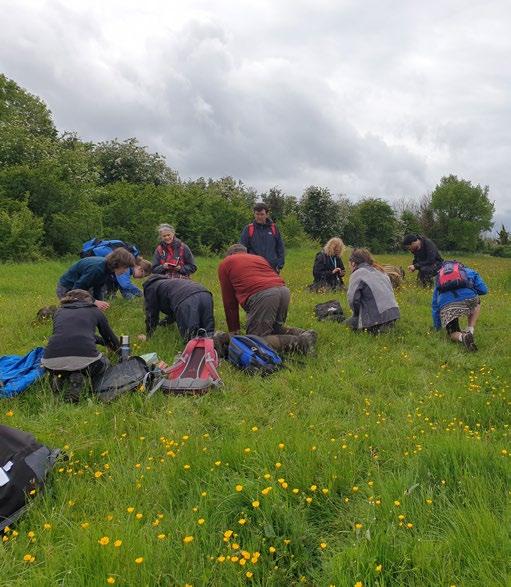
1 minute read
3 Recorders and their records today
BSBI’s most recent Atlas – Plant Atlas 2020 – is its third. Based on fieldwork between 2000 and 2019, it is the focus of this report. As in previous atlases, all species of vascular plant growing in wild situations were eligible to be recorded. Essentially, this means they had to be outside formal gardens and cropped fields, unless they were obviously growing as weeds. Vascular plants include ferns and conifers and flowering plants. As well as plants with conspicuous flowers, the latter encompass grasses, sedges, rushes and broad-leaved trees. For the first time, stoneworts (charophytes) have been included in the Atlas. Stoneworts are not vascular plants, but a group of larger algae that have traditionally been within the scope of BSBI. They are found mainly in fresh water and are valuable as ecological indicators. Plant groups not covered in the Atlas are mosses, liverworts, lichens, and algae other than stoneworts.
The mainstay of the Irish data in Plant Atlas 2020 is the records of vice-county recorders themselves, who often worked on their own or in small groups with family, friends, or fellow botanists. Other sources include ordinary members of BSBI, other naturalists, and surveys commissioned by the National Parks and Wildlife Service or Northern Ireland Environment Agency. Records have also been sourced through the National Biodiversity Data Centre (Waterford) and the Centre for Environmental Data and Recording (Belfast). Adding all the sources together, the number of contributors in Ireland was around 2,500. During the final years of the recording period, the BSBI Committee for Ireland kept a comprehensive list and map of recording intensity across the whole of Ireland. By keeping these regularly
Advertisement



